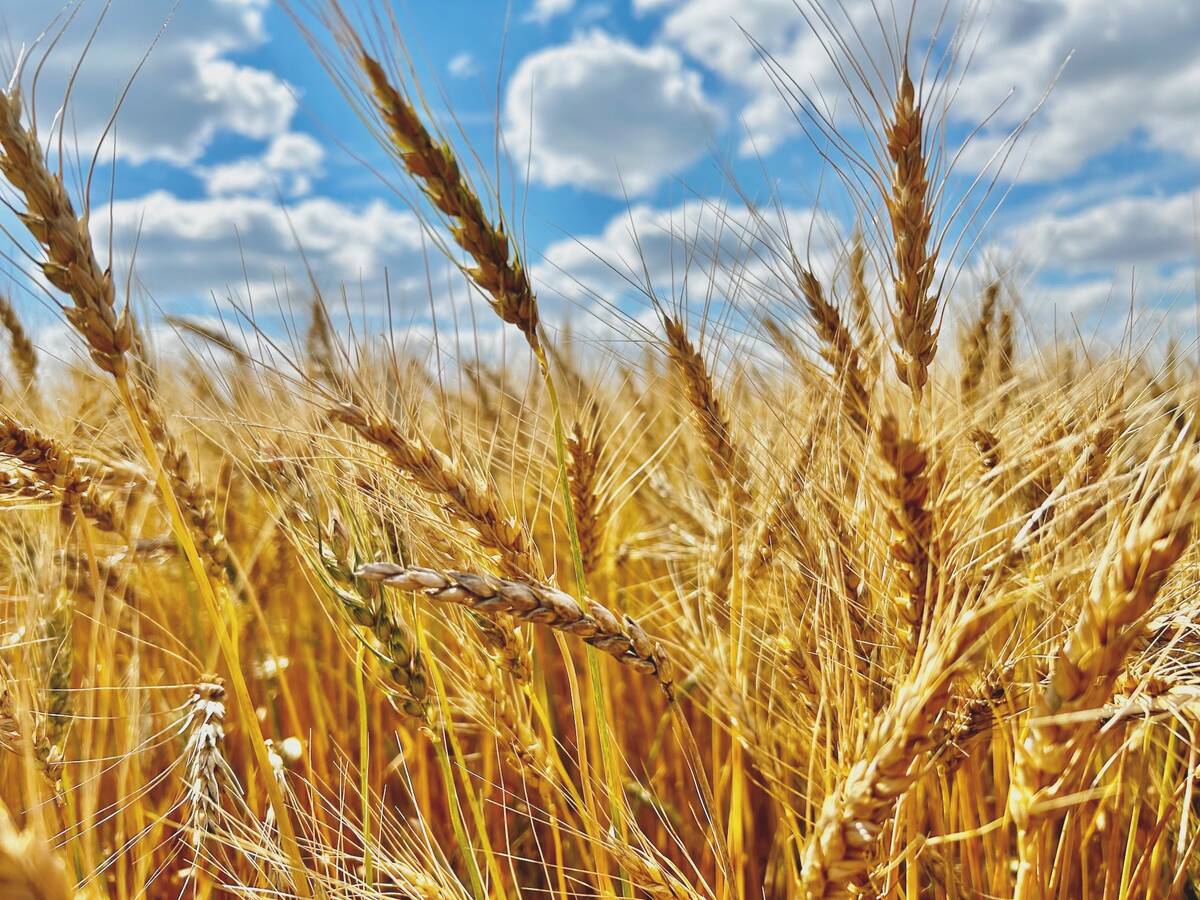Seeding canola deep into the soil to “chase” moisture is generally a better idea later in May than earlier in the season, the Canola Council of Canada suggests.
As soils warm up in mid- to late May, a canola grower can seed one and a half to two inches deep to allow the seed to contact moisture that will “hasten germination and crop establishment,” the council said in its Canola Watch report Wednesday.
By that time of year, the top inch of soil in the field is often too dry to allow germination and emergence, the council said.
Read Also

Prairie Wheat Weekly: Modest increases for cash prices
Spring wheat and durum cash prices were moderately higher across the Canadian Prairies for the week ended Dec. 19. This was despite losses in Chicago and Kansas City wheat and Agriculture and Agri-Food Canada projecting larger all wheat ending stocks for 2025/26. Minneapolis wheat bumped up on the week, lending some support to Canadian cash prices.
When seeding at the 1.5- to two-inch level, growers should keep in mind that the canola seed “doesn’t have to be in moisture,” the council said (emphasis theirs).
“On moisture is OK when seeding deeper, because the additional soil above the seed row slows that moisture loss. Make sure the seed row is well packed to seal in that moisture and prevent further drying out.”
Growers should also slow down when seeding deep to “more closely manage” seed depth for all rows, the council said. At higher speeds, back rows tend to throw more dirt over the front rows.
Mortality
In cooler soils, as typically seen in late April and early May, deep-seeded canola runs a higher risk of dying and any plants that reach the surface “may not be very vigorous.”
Even in mid- to late May, the council warned, growers will need to keep in mind that deeper seeding will increase the rates of seed and seedling mortality.
The seeding rate is best increased by 10 per cent to offset such losses, the council said.
In heavier soils, a rain before emergence could create a crust above the seed row, the council said — and the risk of rain before emergence is higher with deep-seeded canola because it tends to take longer to emerge.
Bare soils may be relatively prone to crusting compared to soils with higher surface residue, the council said. Wet conditions this spring may have led growers to harrow or till where they may not have done in years past, the council added.
Heavy rain could also fill in drill runs, the council noted. Instead of 1.5 inches of soil cover, seed could end up under three inches if a drill-and-packer combination creates a deep seed trench that fills with mud after a rain.
Starter phosphate in the seed row is also a good idea, the council said, at rates to 25 pounds of actual phosphate per acre, or lower, for seed safety. The nitrogen in ammonium phosphate can damage seed and seedlings at rates over 25 pounds.














